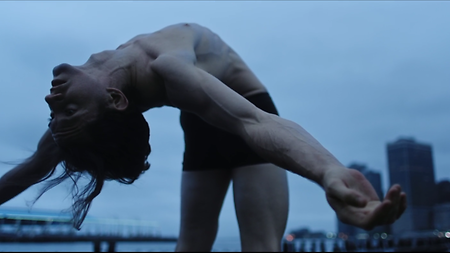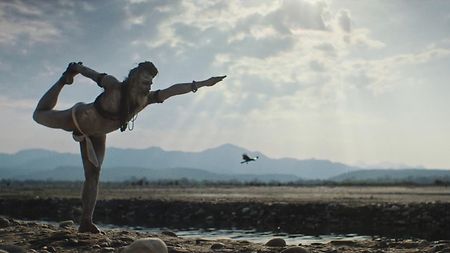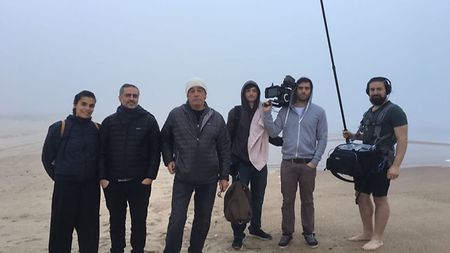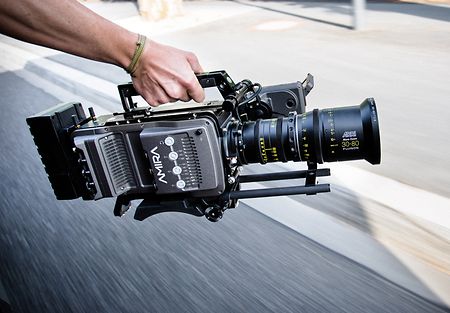First of all, congratulations on winning the IMAGO documentary award. Can you tell us how the three of you came together for this project?
Thank you very much! Everything started a couple of years ago when Heitor met Michael on a beach during a New Year’s Eve celebration. A few days later, Heitor called me asking if I’d be interested in shooting a documentary about a still photographer and yoga. I didn’t hesitate at all. I promptly said yes. It was pure instinct because I had never shot a documentary before. And I didn’t know Michael’s work. But after I started looking at his amazing portfolio, I was sure this would be a fantastic opportunity to do something great, visually.
It must have been interesting working with a master like O’Neill. But what influence did he have on your images?
That was really interesting indeed. I sure learned a lot from him. We actually tried hard to distance our language from his. We wanted it to be as natural as possible and that the viewer could really sense when it was Michael’s image on the screen. We wanted his images to really pop when they appeared, to create an impact on the viewer. It was actually easier to do then I had first imagined. His way of working is totally different from mine. He uses flashes and interacts a lot with the subject. I was trying the total opposite, to play only with available light and to not interfere much with the subjects and environment. It was actually really funny because in the beginning Michael, as the master he is, was really worried about the images we were capturing and was always asking things like “are you sure you don’t need more light here?” I think he only relaxed a few weeks later after we showed him a selection of the images we had shot.
This film is indeed chock full of beautiful images. What kind of look were you after and how did it lend itself to the subject matter?
We thought a lot about how to shoot it. We were in love with the idea of making what we called “moving stills.” So, it was really intuitive to go for slow motion and extreme shallow depth of field. The purpose was to feel like it was a camera traveling though a picture, or the POV of a still camera trying to find the shot.




